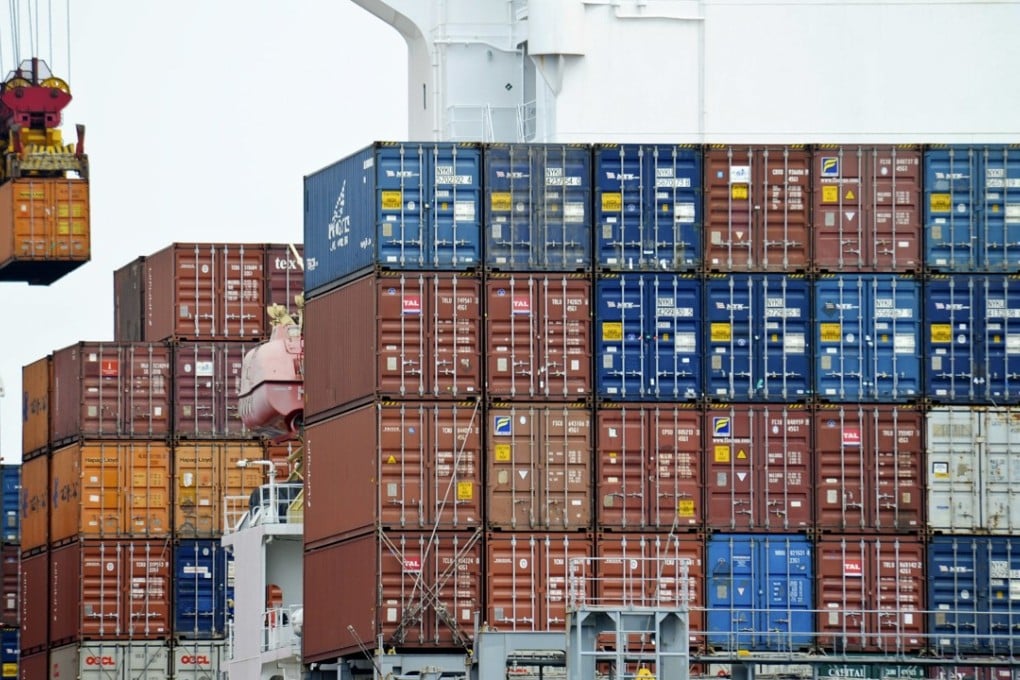Macroscope | Trade war is not a zero-sum game, but a lose-lose for the US and China

With three rounds of tariffs in less than three months, US President Donald Trump has significantly upped his game on trade protectionism, casting doubts over the outlook for Sino-US economic relations.
The latest act – imposing tariffs on up to US$50 billion worth of Chinese imports – following the conclusion of the Section 301 investigation into China’s alleged violation of intellectual property rights and technology transfers, significantly shook global markets.
The first thing to note is that Section 301 is not new to China. Both China and Japan were subject to multiple S301 investigations in the 1980s and 1990s. However, these investigations had mostly resulted in trade deals, and very rarely did they lead to sustained punitive actions (with the exception of Japan’s case in 1987).
That suggests S301 was mostly used by previous US presidents as a bargaining tool to gain concessions from trading partners. Whether Trump abides by the same tradition is becoming increasingly unclear given the recent turn of events.
For China, the newly proposed tariffs will have a greater economic impact than the earlier measures targeting steel and aluminium. Data from the National Bureau of Statistics shows that China exported nearly US$200 billion of electronics, information and communication, and aerospace-related products to the US in 2017, accounting for 46 per cent of its exports to the US, 9 per cent of its total exports, and 1.6 per cent of China’s GDP.
